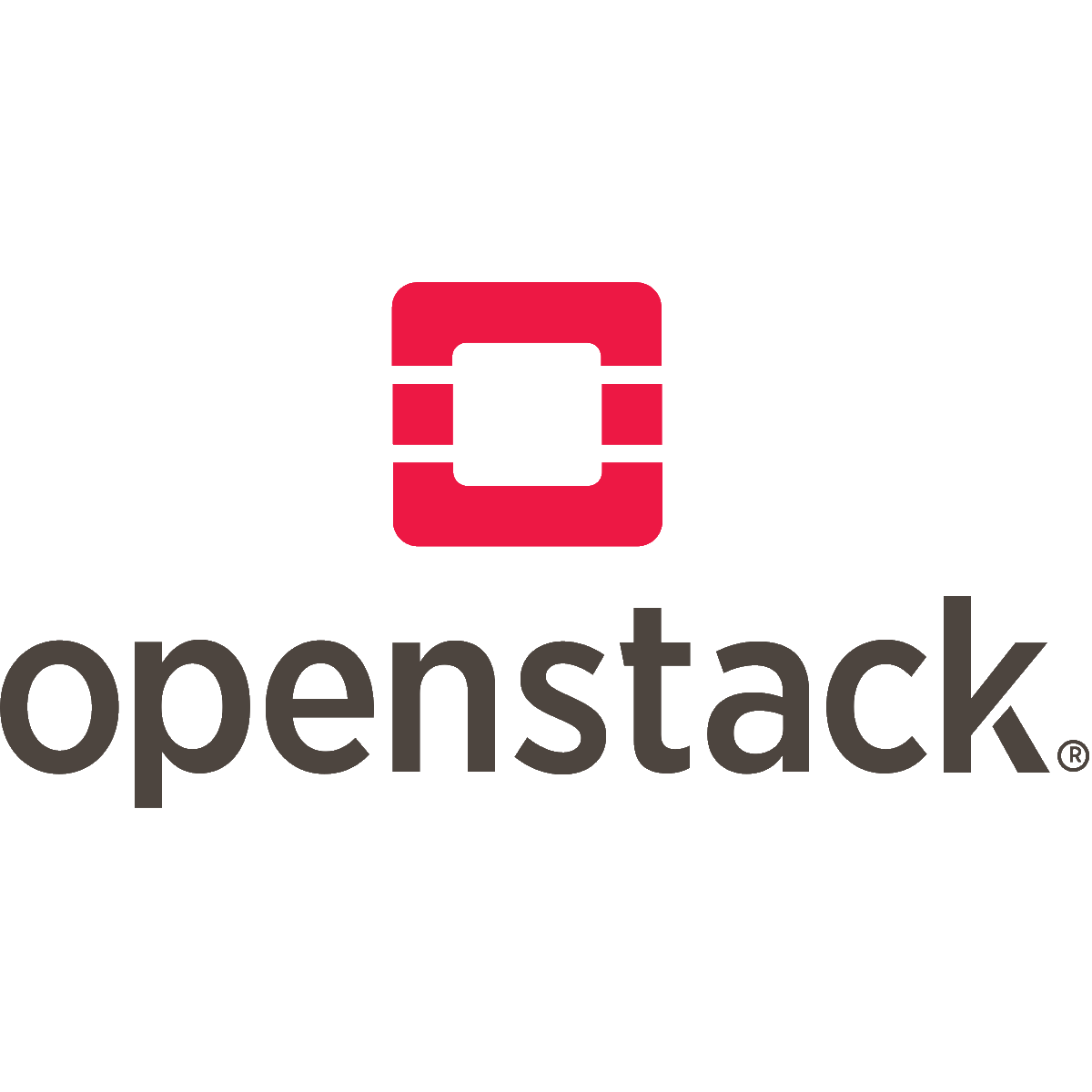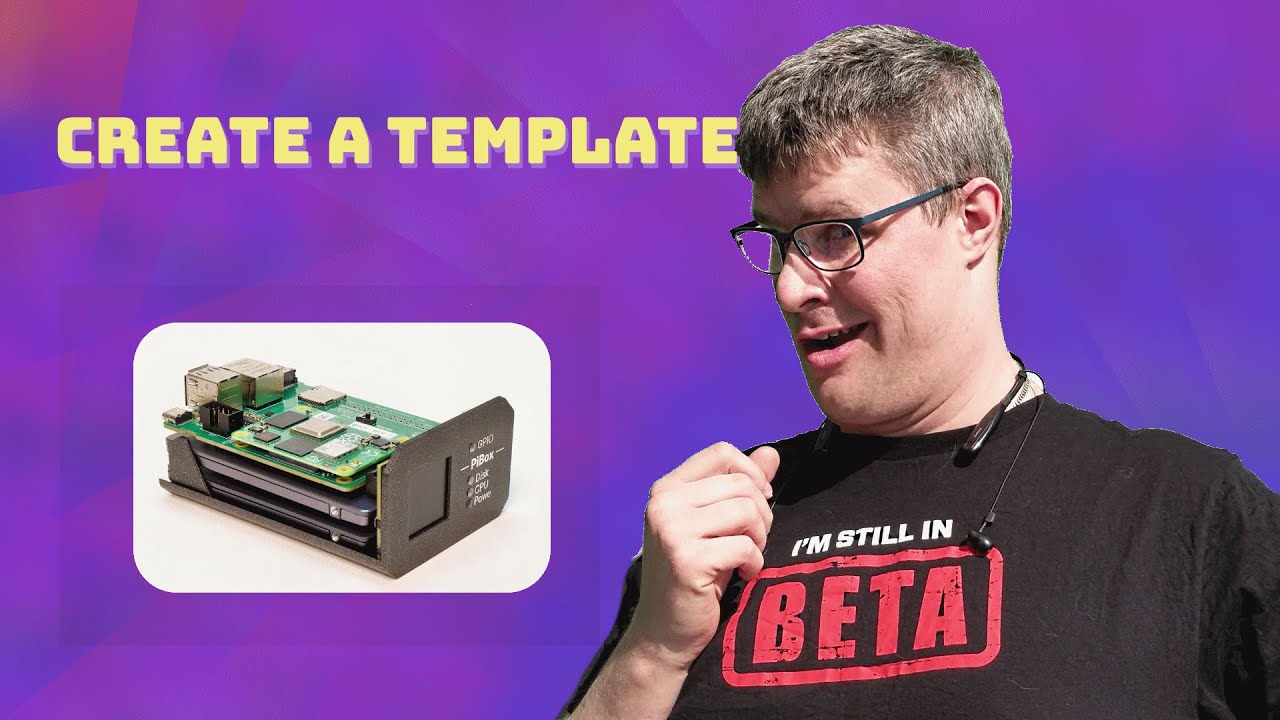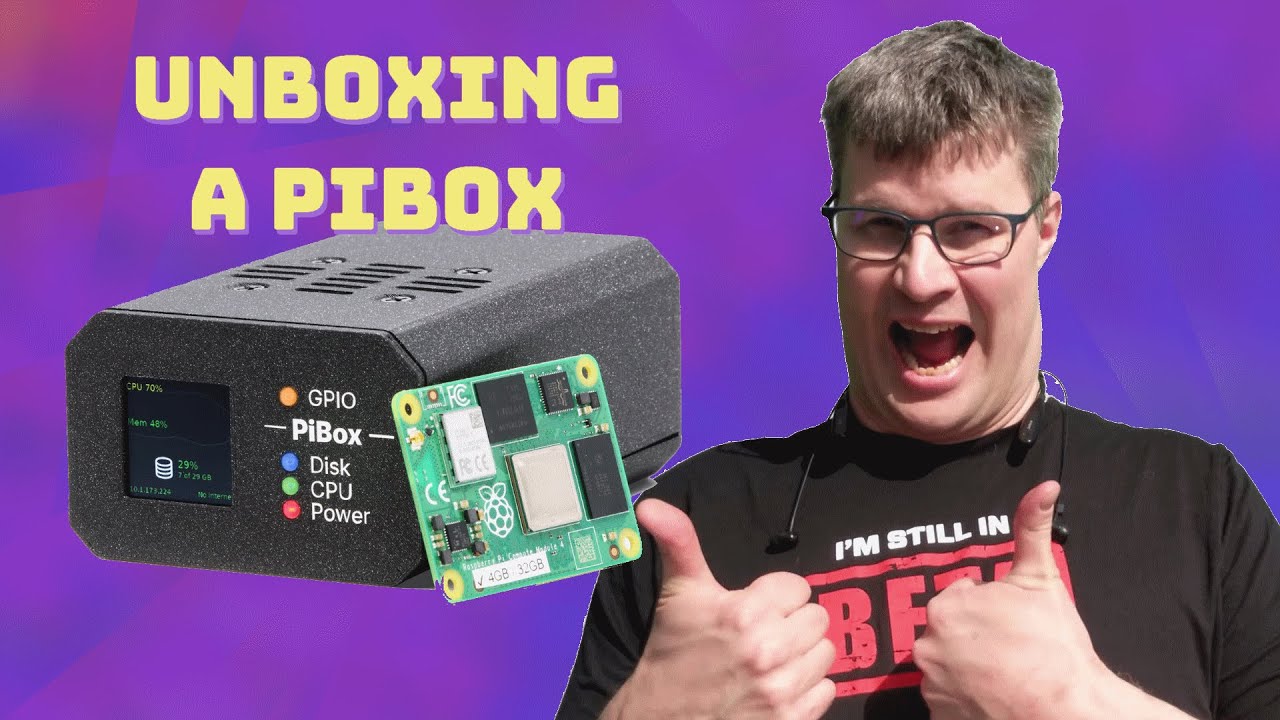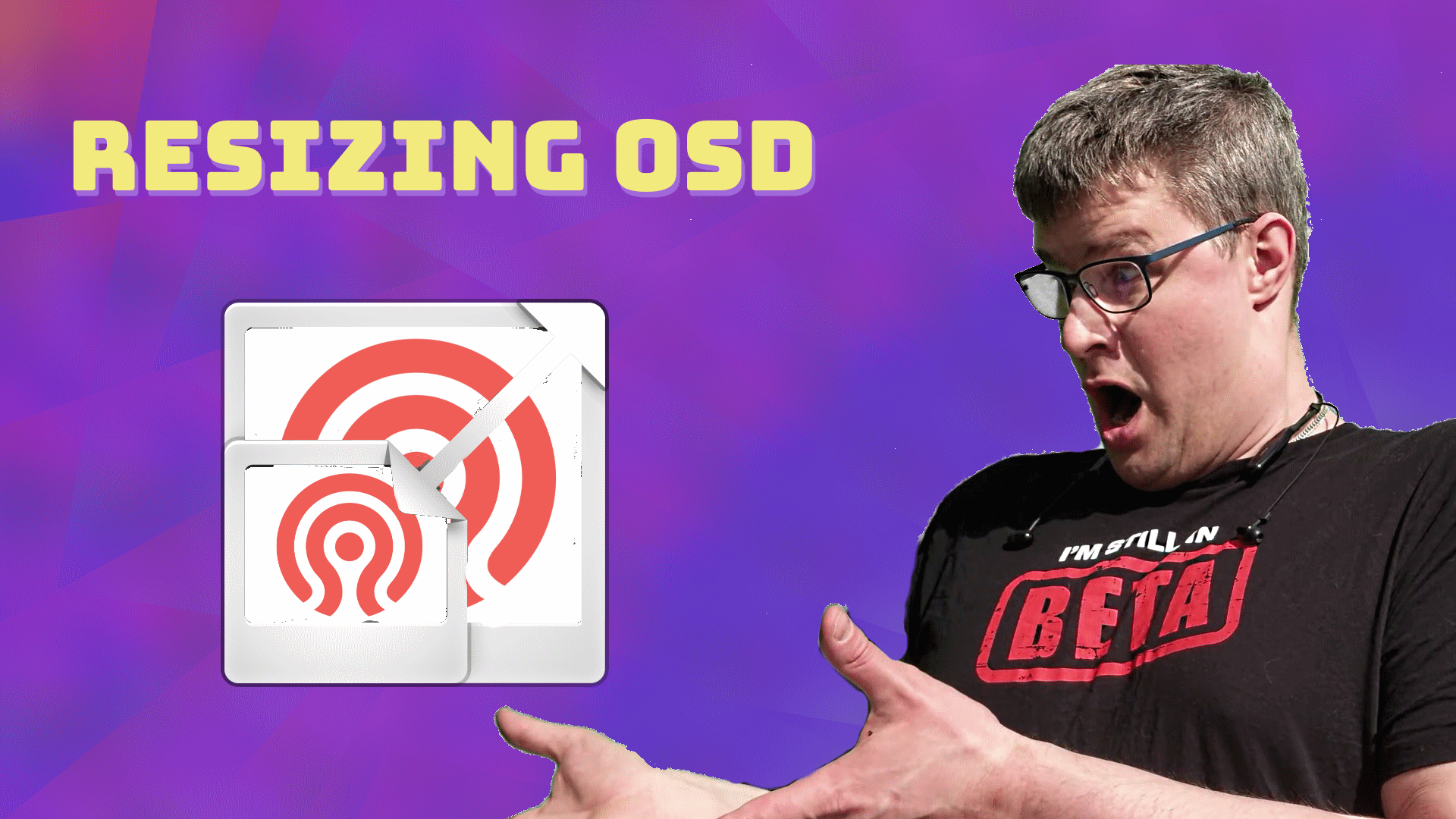
All you need to know about the Crush Map
We look into how to set up a good Crush Map and handle the placement and device types of your OSDs in your clusters. The crush map describes where, what type, how much and what is your failure domain or safety requirements. One thing we will do a lot throughout this demonstration is to view […]

Manually install Openstack
This guide is the result of months of trial and error. It follows a bunch of different documentations and issue reports. If you want to follow along in video form there is a playlist https://www.youtube.com/playlist?list=PLP2v7zU48xOJbK1HeOPxoBaxqBKtOAJB8 The machines used in this guide is one controller node with 4 CPUs, at least 10 GB of memory and […]

I really need to check php compatibility
In this video we will check for php compatibility on one of my old project and different versions of WordPress. First we need the CodeSniffer tooling, we will download it will wget. wget https://squizlabs.github.io/PHP_CodeSniffer/phpcs.phar Next we make the CodeSniffer checker executable. chmod +x phpcs.phar The plugin is fetched directly from github release page. Currently the […]

How to do text summarization
In this video we look into text summarization. We apply the albert large model to a piece of text and talk about the different steps required to do summarization. This is more of an overview not a complete explanation of the technology.

Creating a Vitess POC
I look into Vitess, talking about the different benefits of distributed database services, and create a quick Proof Of Concept to show how the system is put together. Installing vitess First of we need the registry and mysql server installed so we can keep track on which services are available, download new services and also […]

How to create a PiBox Template
We look into how to create a PiBox Template and install it on my PiBox. The procedure is very similar to creating a Kubernetes deployment, so that subject is also covered in this video.

Let’s cover the Docker Basics
In this video, we look through the docker basics. Working with docker is not that hard, but a couple of commands are considered basics. Then, we look at fetching base images, running commands, and setting environment variables.

Java 19 – Agonizing Anticipation
We look into the new Java version 19 and all the different features we could expect in this latest revision.

I do my first PiBox installation
I look into the PiBox installation and give my first impressions of the software and features of the PiBox solution.

I finally got mine! – PiBox unboxing
I look into the PiBox that arrived in the mail the other day. In this unboxing video, I go through the PiBox features and talk about what’s in the box and what you could use it for, and how the hardware is put together.

How WebSockets actually work
Looking into WebSockets and how to set up a simple server to send messages back and forth. I’m using a simple chat server example and sends messages from javascript and PHP.

How to resize a osd in Ceph
After a critical failure, we look into resizing an OSD in our Ceph environment. Unfortunately, the drive is entire, so resize of the OSD was the only option to start the service.
